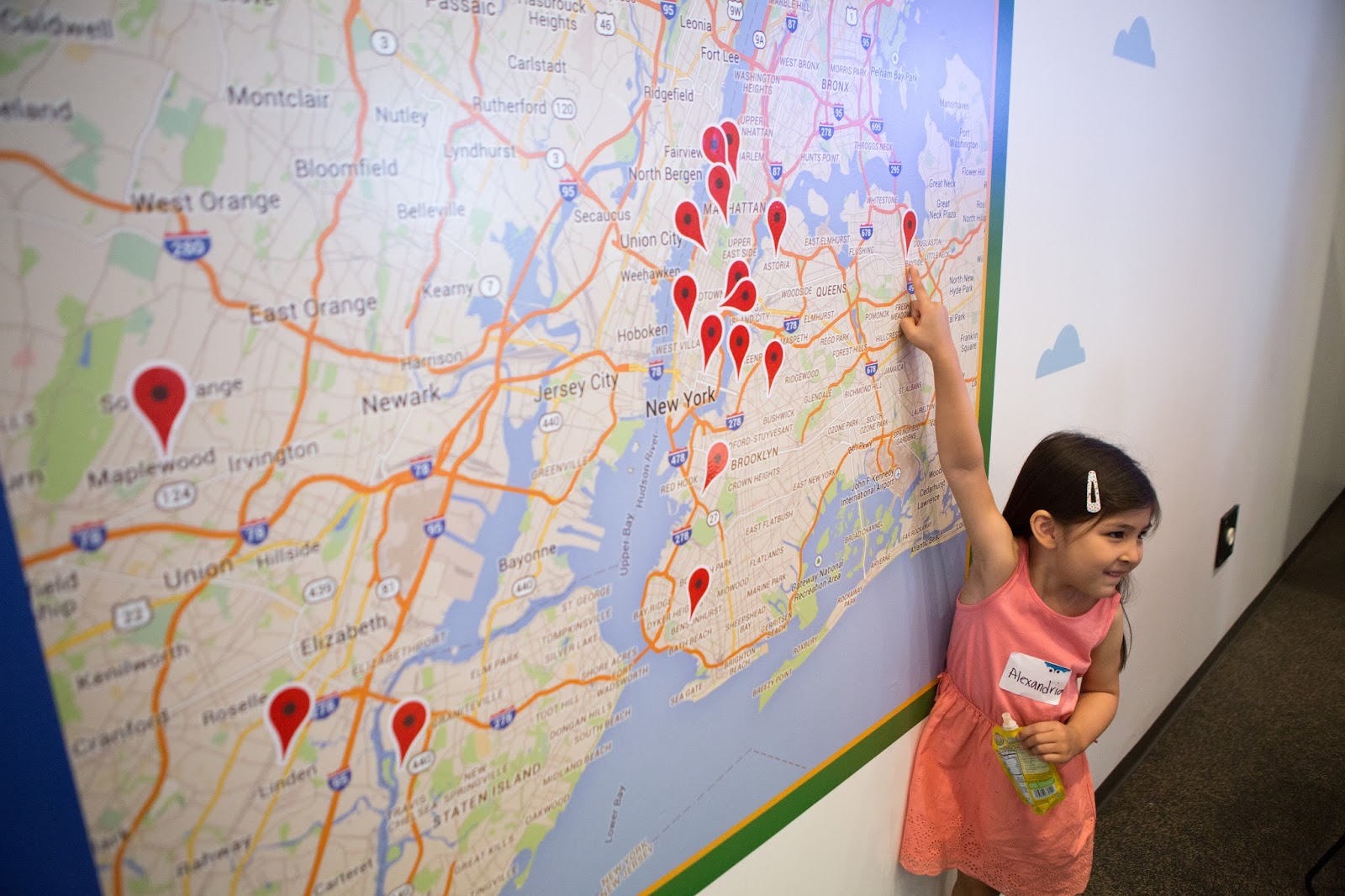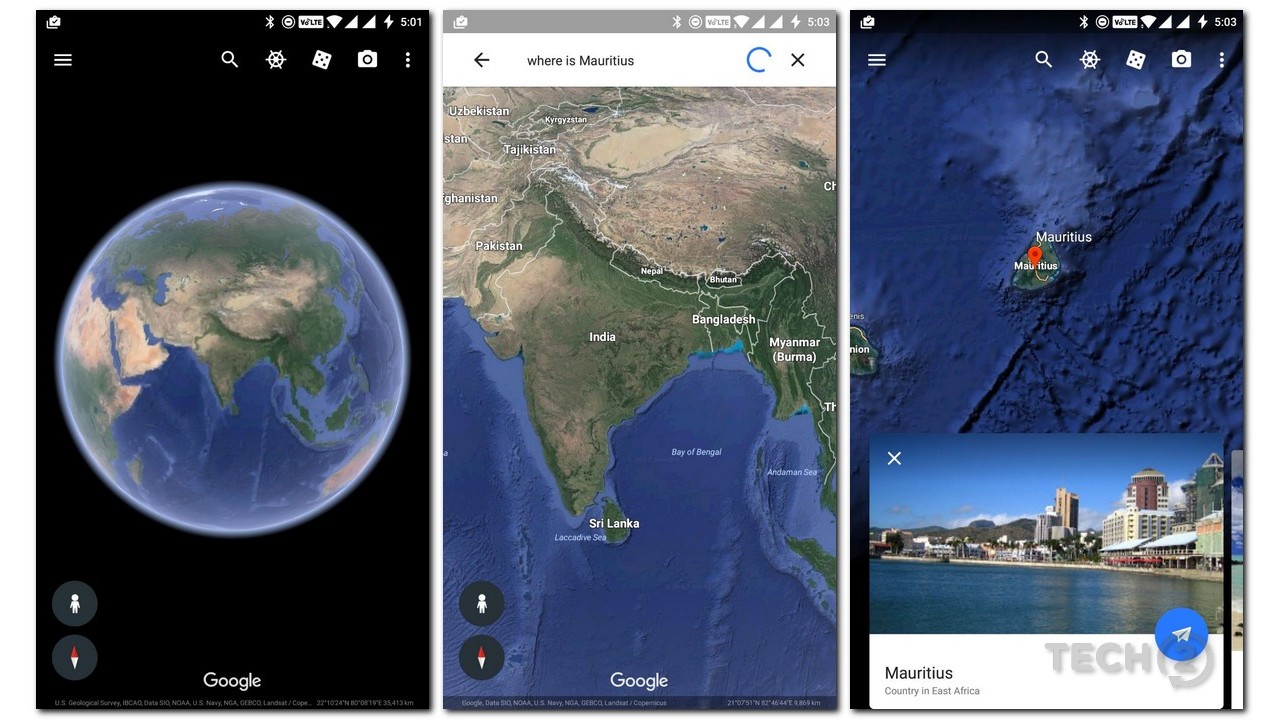What is your child doing when he uses devices and “screens”?
Are there ways to choose “better” screen time?
The American Academy of Pediatrics recommend less than 2 hours of daily screen time for primary school children. It goes on to state that these should be “high-quality content”.
- How can parents choose “high quality content”?
- How can parents improve the “quality of screen time” for our children?
(1) Choose interactive screen time
In general, interactive screen time will provide better stimulation and learning compared to passive reception.
- Examples of passive screen time will be TV and videos
- Examples of interactive screen time will be multi-player games, educational applications that require responses from the user & Google Map

Five year-old Chase loves to hold the GPS when travelling. He loves selecting his favourite car and “navigating” it on the iPad. Occasionally he looks up and matches the surrounding landmarks to what he sees on the tablet. This visual interaction between screen and physical objects trains him to interpret a 3D environment from a 2D screen. Car journeys are much more engaging and healthy with such screen time.
Some other examples of interactive screen time:
- Taking photos and making videos instead of merely watching them
- Exploring a trip destination with Google Earth

While interactive screen time usually teaches better than passive screen time, it is also important to scrutinize the content.
- Harmful interactive content (such as video games where players kill and commit crimes) will teach unhealthy practices more effectively compared to just movies of similar content.
- Likewise, interactive prosocial behaviour is more effectively imparted in an interactive manner
(2) Interact with your child over screen time
Besides choosing apps and programmes that are interactive, parents can also mediate in all screen time by watching programmes and playing games with their children. It will be even better if they follow up with questions to stimulate the children’s thinking.
Eleven year-old Elizabeth interacts with her friends over online chats and Google +. One of her favourite sites showed a post that gives users a “sexy name” based on their month of birth. Her father (who interacts with her over Google +) talks to her about how “sexy names” promote a demeaning image and attract the wrong kind of friends. Elizabeth responds by blocking similar sites out of her own will.
(2 years later, Elizabeth also distances herself from schoolmates who send her such content.)
Research shows that when parents discuss negative content on screens with their children, the children fare just as well as those who do not encounter these negative content.

In the digital age where it is difficult to ensure a sterile media environment for our children, interaction and processing is KEY to cyber wellness.Interactive screen-time is a powerful teaching tool for young children today. Do not allow it to shape your child’s mind in unintended ways. You can help your child get more out of technology.
Look out for the parenting workshop “The Art & Science of Parenting in the Internet Age” on 29 May 2015. Parents will learn more practical tips to handle online activities during the June holidays and gain further understanding on how different games & apps can affect your child.
Originally written for Innova Primary School


